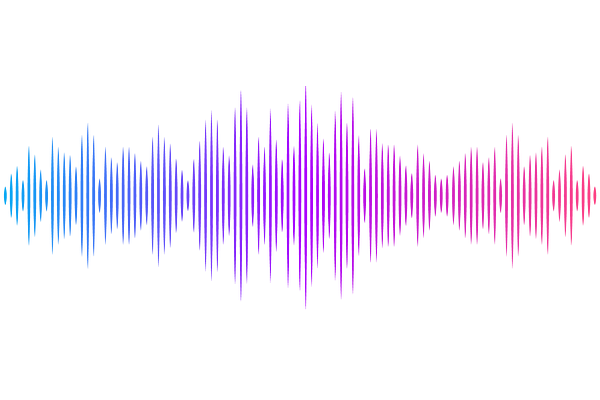Morphometrics as a conservation tool for rapid in-situ distinction of native and introduced iguanas: comparing Iguana delicatissima and Iguana iguana

Morphometrics as a conservation tool for rapid in-situ distinction of native and introduced iguanas: comparing Iguana delicatissima and Iguana iguana
van den Burg, M. P.; Kappelhof, J.; Mitchell, A.; Debrot, A. O.
AbstractInvasive alien species severely impact native and endemic species, disproportionately affecting insular species, and this is especially true for Caribbean reptiles. The Lesser Antillean iguana (Iguana delicatissima) experienced a drastic range decline strongly driven by hybridization with non-native green iguanas (NNGI, Iguana iguana species complex). With numerous NNGI populations within the Lesser Antilles, it is a matter of time before these arrive on the last I. delicatisisma inhabited islands, whereupon rapid in-situ identification of non-native and hybrid animals is essential. However, only a few scale and coloration characters allow in-situ identification of NNGI, which are compromised by introgression. Here we assessed the differentiating power of an additional 20 scale and length-dependent characteristics between the I. delicatissima population on St. Eustatius and the established NNGI population on St. Maarten, the main source of arriving stowaway iguanas on St. Eustatius. We identified 14 length-dependent characteristics that significantly differ between I. delicatissima and NNGIs, with multi-variate analysis showing clear morphospace separation and high assignment accuracy of predictive models (>91%). Additionally, the number of femorals and supra digital scales significantly differs between these iguanas. Morphospace knowledge of St. Eustatius\' I. delicatissima now allows rapid identification of any divergent iguanas using easy to obtain measurements and meristics. Given intraspecific variation in I. delicatissima and green iguanas, we recommend that these characteristics are assessed and validated for other populations, including hybrid individuals. Our work demonstrates the urgent need to invest in baseline morphometric datasets to aid rapid in-situ conservation efforts once NNGI arrive and start to hybridize with I. delicatissima.